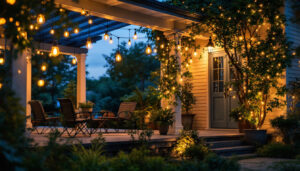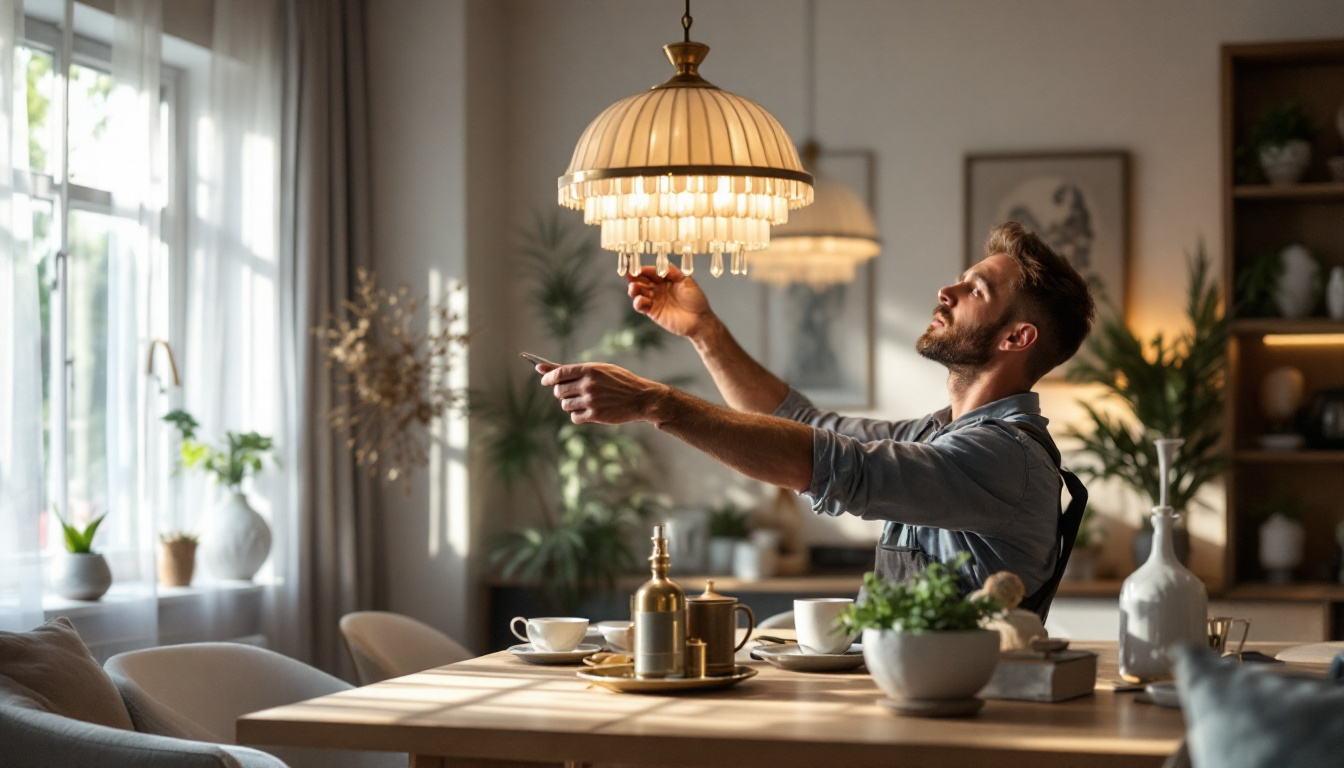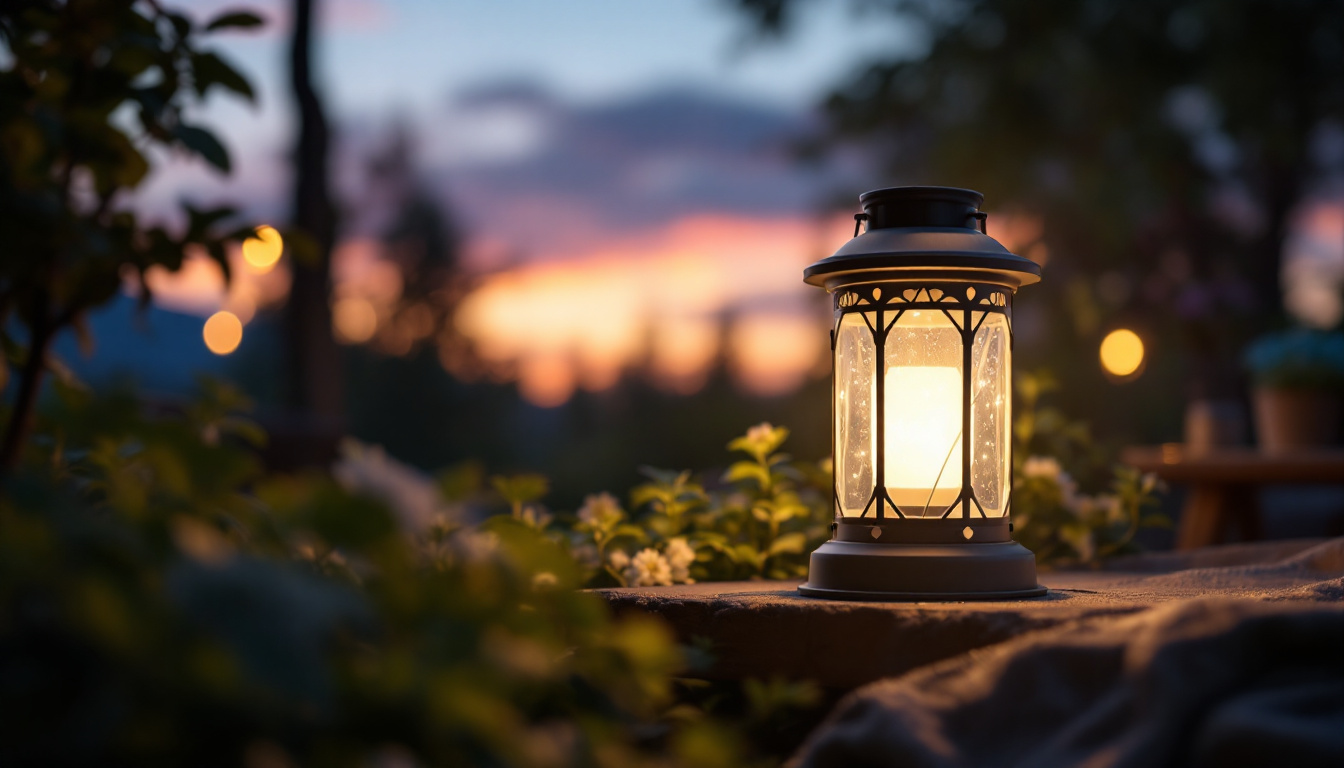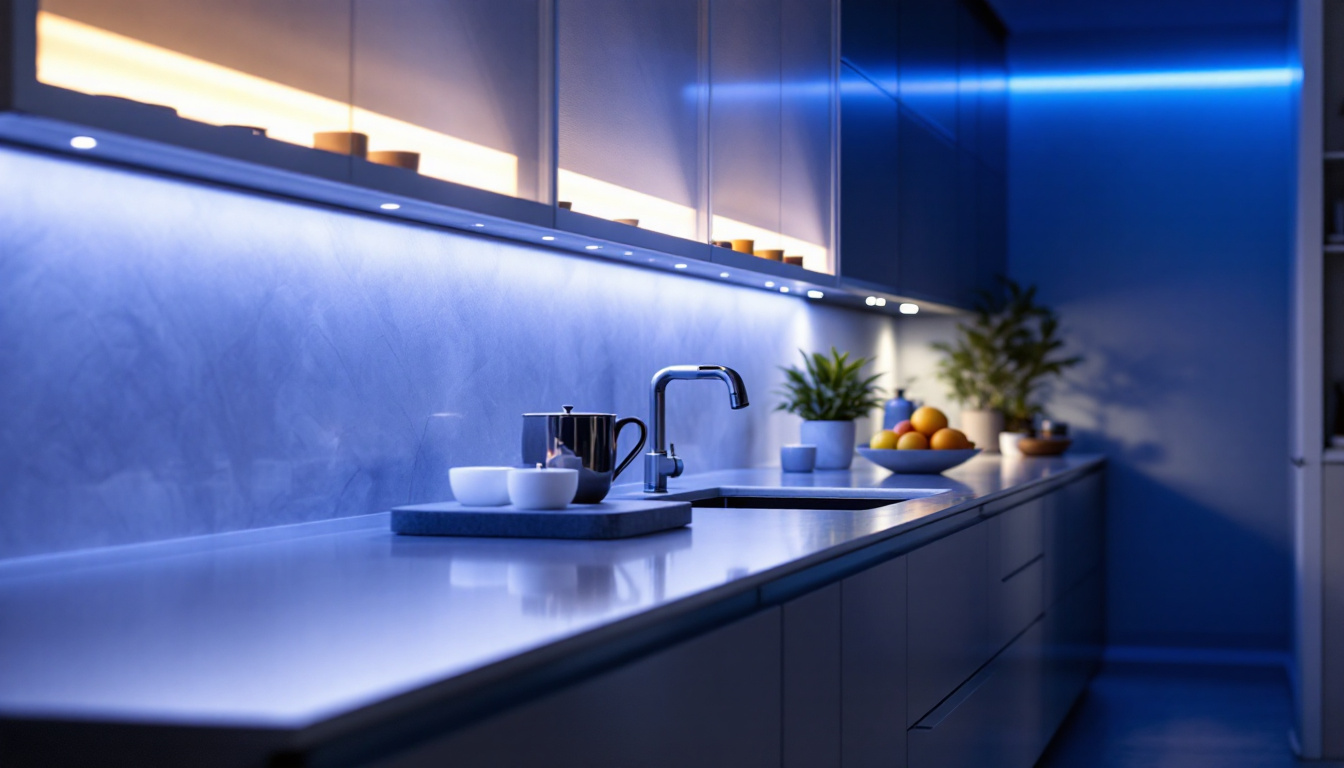

can light fixtures, also known as recessed lighting, are a staple in modern interior design. They provide a sleek, unobtrusive way to illuminate spaces while enhancing the overall aesthetic. For lighting contractors, mastering the nuances of can light fixtures is essential to delivering exceptional results for clients. This article delves into the secrets of can light fixtures, offering insights that can elevate a contractor’s expertise and project outcomes.
Can light fixtures are designed to be installed into the ceiling, creating a clean and streamlined look. They are available in various sizes, shapes, and styles, making them versatile for different applications. Understanding the basics of these fixtures is crucial for any lighting contractor. Their unobtrusive design allows for a seamless integration into both residential and commercial spaces, providing ample illumination without sacrificing aesthetics.
Moreover, the energy efficiency of modern can light fixtures, particularly those utilizing LED technology, has made them increasingly popular among eco-conscious consumers. These fixtures not only reduce energy consumption but also have a longer lifespan compared to traditional incandescent bulbs, which means less frequent replacements and lower maintenance costs. As a result, can lights have become a go-to choice for homeowners looking to enhance their lighting while being mindful of their environmental footprint.
There are several types of can light fixtures, each suited for specific applications. The most common types include:
Additionally, there are also low-profile can lights that are perfect for spaces with limited ceiling height, allowing for effective lighting without compromising headroom. Adjustable can lights, which can be tilted or rotated, provide flexibility in directing light where it’s needed most, making them ideal for highlighting artwork or architectural features.
Understanding the components of can light fixtures is essential for effective installation and troubleshooting. The main parts include:
Furthermore, many can light fixtures now come with smart technology options, allowing users to control brightness and color temperature through mobile apps or voice commands. This advancement in technology adds an extra layer of convenience and customization, making it easier than ever to create the perfect ambiance for any occasion. Understanding these components and their functions can significantly enhance the effectiveness of lighting design and installation, ensuring that the final result meets both aesthetic and functional needs.
Proper installation techniques are vital for ensuring that can light fixtures operate efficiently and safely. Contractors should be well-versed in the best practices for installation to avoid common pitfalls.
Before installation, careful planning of the layout is essential. Consider the following factors:
Electrical connections must be handled with care to ensure safety and compliance with local codes. Here are some key points:
The choice of bulbs can significantly impact the quality of light produced by can light fixtures. Understanding the different options available is crucial for contractors aiming to meet client expectations.
LED bulbs have gained popularity due to their energy efficiency and longevity. In contrast, incandescent bulbs offer a warm glow but consume more energy. Here are some considerations:
Color temperature and Color Rendering Index (CRI) are critical factors in selecting bulbs. Understanding these can help contractors advise clients effectively:
Can light fixtures can be used creatively to enhance the design of a space. Understanding design principles can help contractors create visually appealing lighting solutions.
Layering light involves combining different types of lighting to achieve a balanced and functional illumination scheme. Consider the following layers:
Can lights can also be used to create visual interest in a space. Here are some techniques:
Even experienced contractors can fall prey to common mistakes when working with can light fixtures. Awareness of these pitfalls can lead to better outcomes.
One of the most frequent mistakes is failing to achieve the right balance of light. Overlighting can create harsh environments, while underlighting can lead to dark, uninviting spaces. To avoid this:
Improper placement of can light fixtures can result in uneven lighting and shadows. To ensure optimal placement:
Regular maintenance and troubleshooting are essential for ensuring that can light fixtures operate effectively over time. Contractors should be equipped with knowledge on these aspects to provide ongoing support to clients.
Keeping can light fixtures clean is crucial for maintaining optimal performance. Here are some maintenance tips:
Contractors should be prepared to troubleshoot common issues that may arise with can light fixtures:
Mastering can light fixtures is an essential skill for lighting contractors. By understanding the types of fixtures, installation techniques, bulb options, design principles, and maintenance practices, contractors can elevate their work and provide clients with exceptional lighting solutions. As the demand for stylish and functional lighting continues to grow, expertise in can light fixtures will remain a valuable asset in the lighting industry.
Ready to apply these expert secrets to your next lighting project? At LumenWholesale, we provide lighting contractors with the highest quality can light fixtures at unbeatable wholesale prices. Our spec-grade lighting selection is designed to meet the most rigorous industry standards, ensuring you deliver reliable and high-performance lighting solutions every time. With free shipping on bulk orders, you can stock up on premium lighting without worrying about hidden fees or inflated markups. Elevate your lighting game with the perfect combination of quality, affordability, and convenience. Wholesale Lighting at the Best Value is just a click away!

Explore the pros and cons of LED post lanterns compared to alternative lighting options in this insightful guide for lighting contractors.

Discover why solar lanterns are becoming a game-changer for lighting contractors.

Discover how LED under-counter lighting is revolutionizing the projects of lighting contractors.

Discover the frequent pitfalls lighting contractors encounter with 8-foot LED shop lights.
Get notified when NEW deals are released.
Optimize your budget with wholesale discounts.
Only top-quality, specification-grade lighting products.
No additional costs at checkout - what you see is what you pay.
We understand the unique needs of contractors.